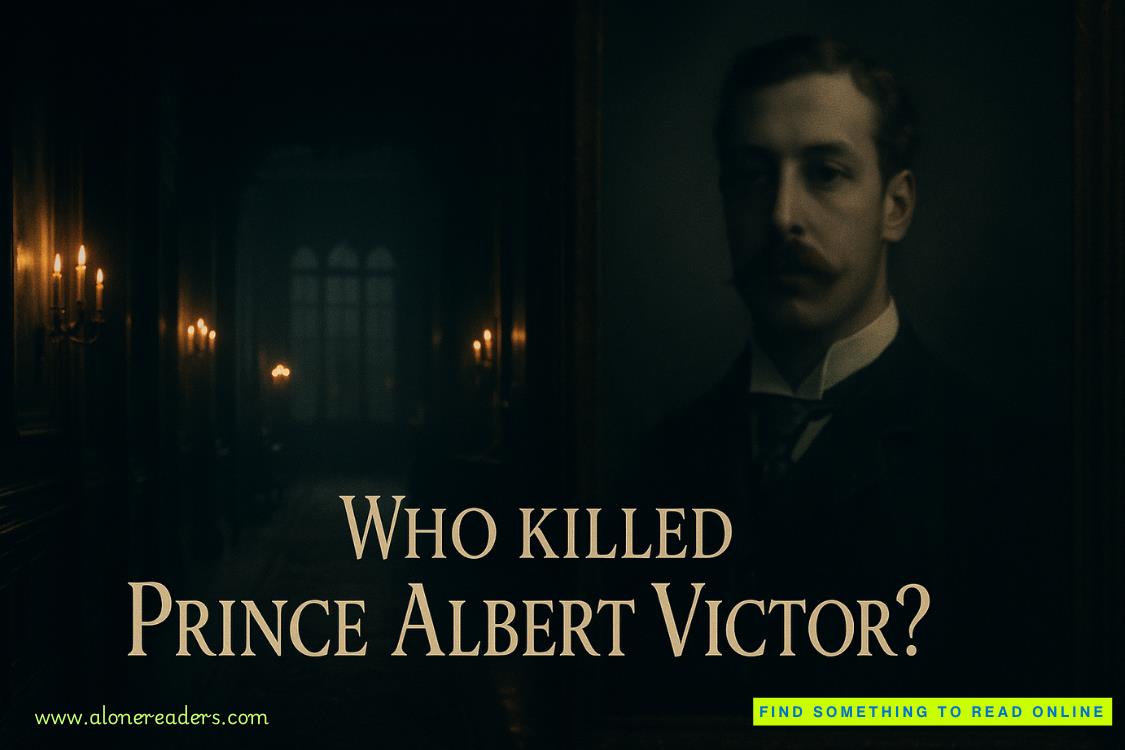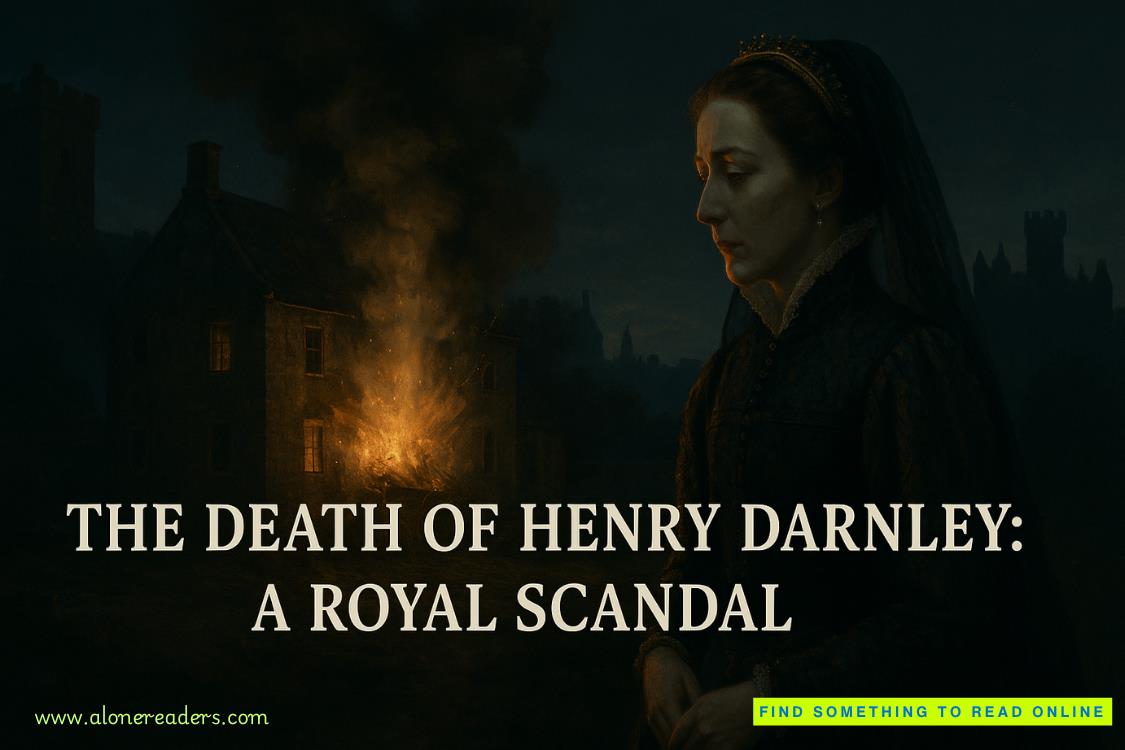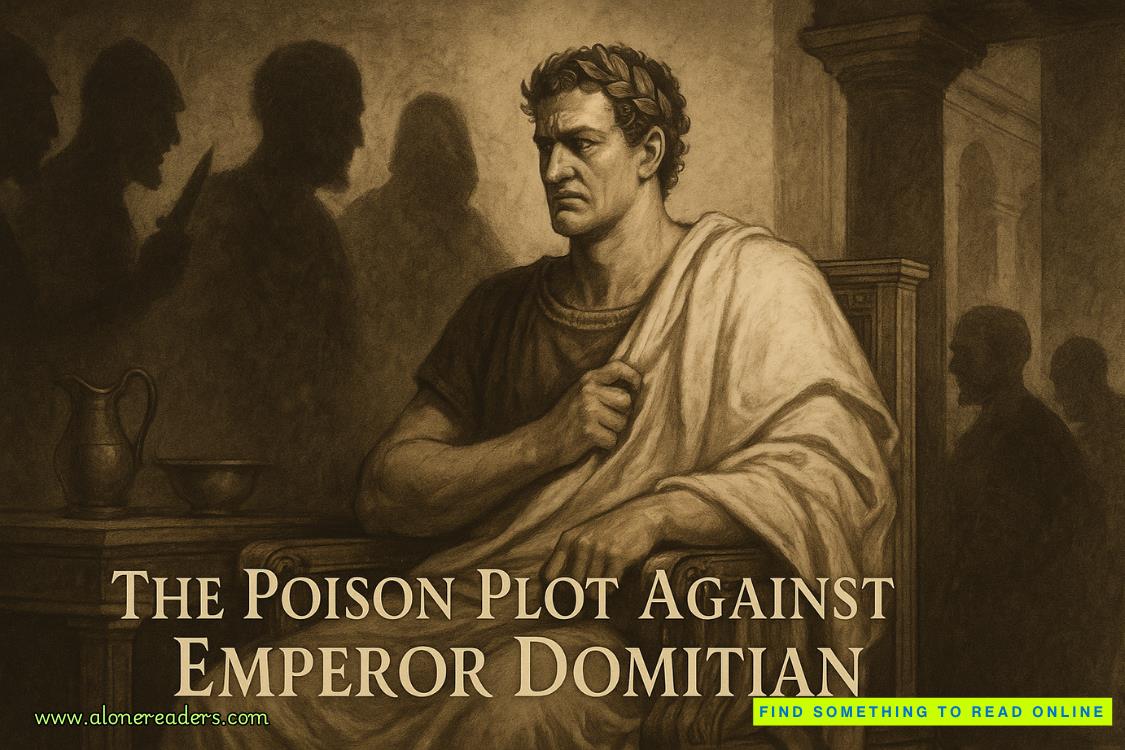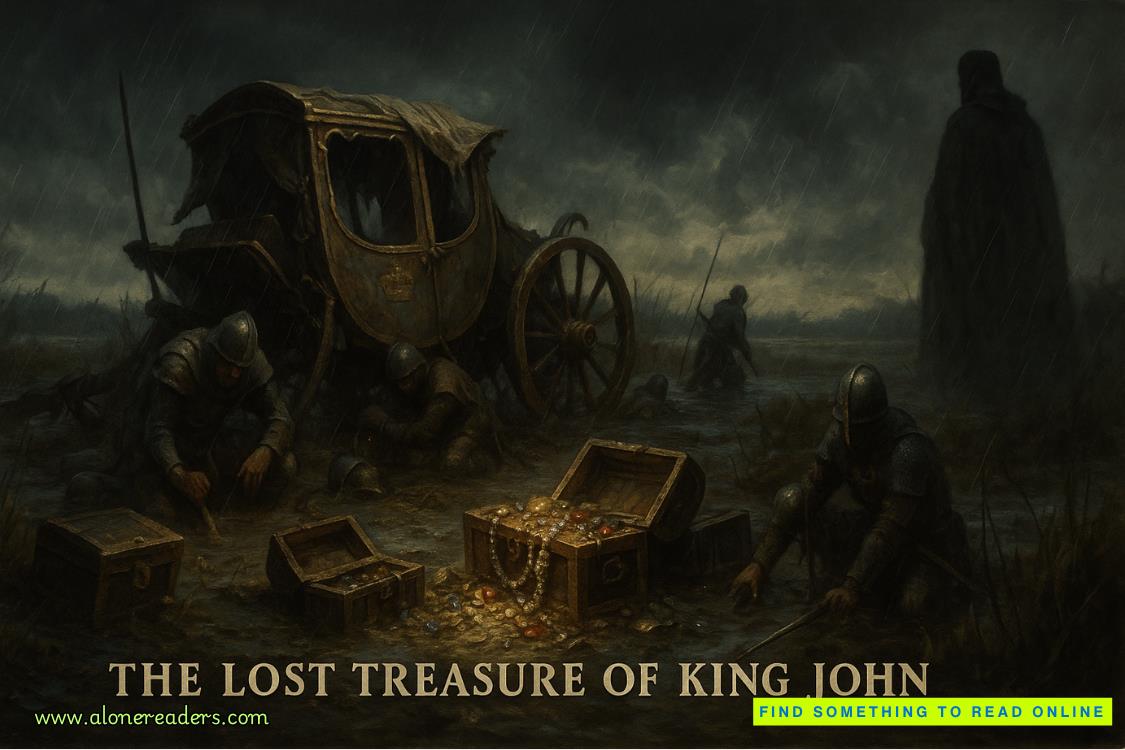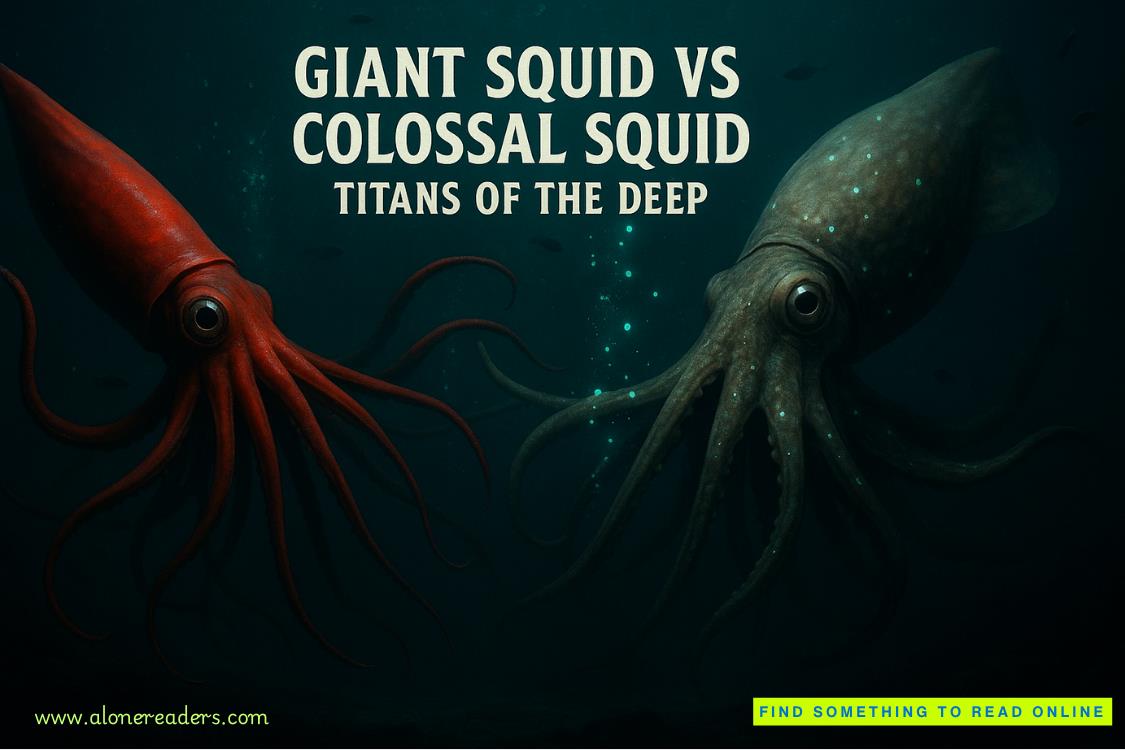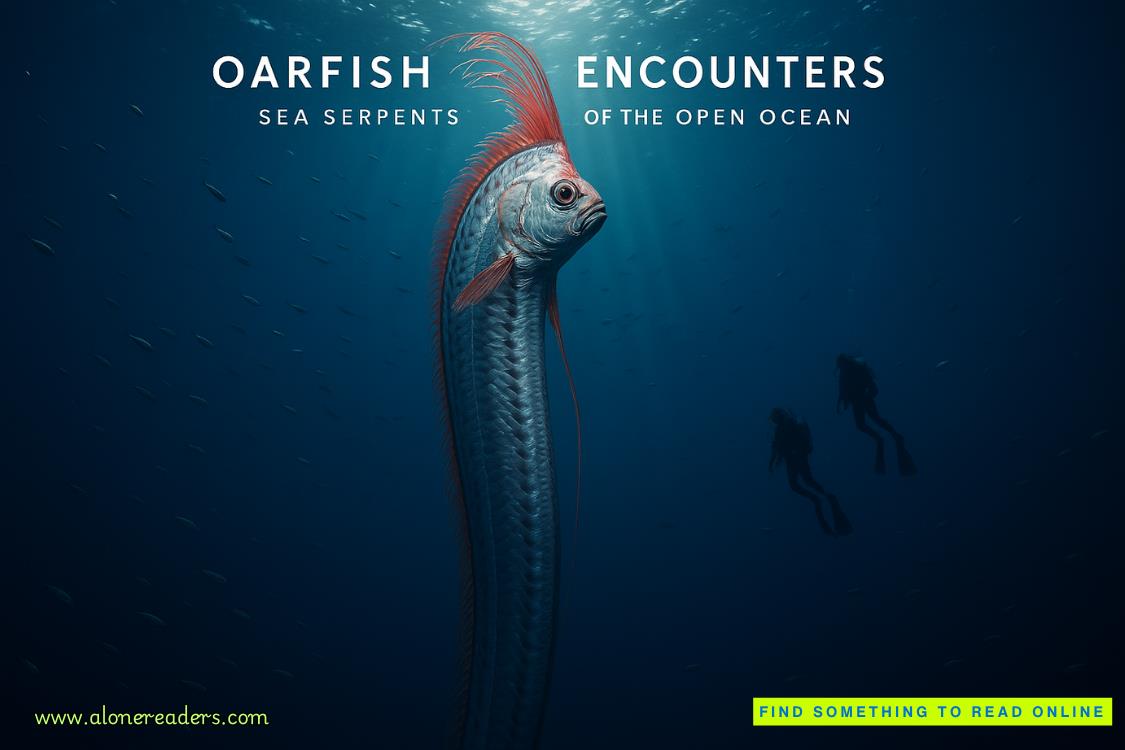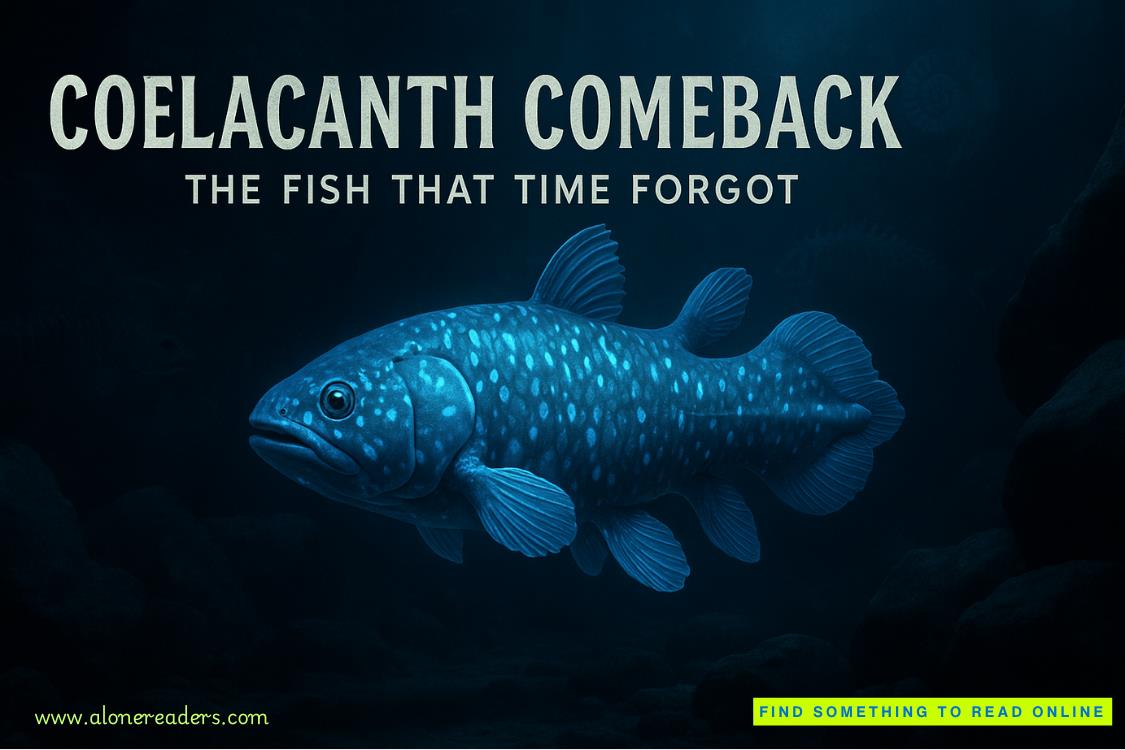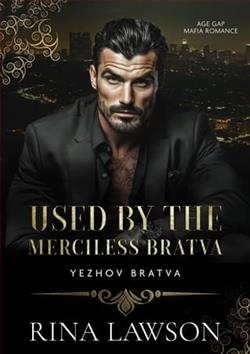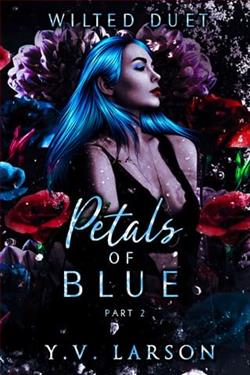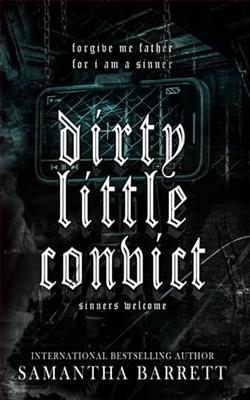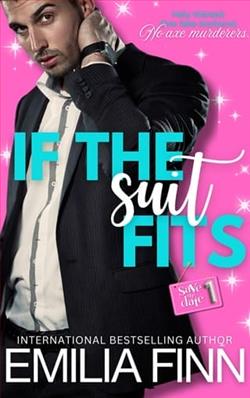Page 1 of Broken Things
Brynn
Now
Five years ago, when I had just turned thirteen, I killed my best friend.
I chased her down and cracked her over the head with a rock. Then I dragged her body out of the woods and into a field and arranged it in the center of a circle of stones I’d placed there with my other friend, Mia. Then we knifed her twice in the throat and five times in the chest. Mia was planning to douse her body with gasoline and light her on fire, but something went wrong and we bolted instead.
Here’s how everyone knew we were guilty: we had described the crime, more or less, in a fan-fic sequel to the book we were all obsessed with,The Way into Lovelorn.
Afterward, Mia and I split up. She went home and spent the evening conked out in front of the TV, without even bothering to clean up the gasoline that had soaked her jean shorts. I was morecareful. I did a load of laundry—hauling ass to the local Bubble ’N’ Spin, since we didn’t have a machine at my house. The police were still able to extract samples of blood from my T-shirt, not Summer’s but a bit of animal blood, since we’d previously practiced the knifing ritual on a cat, also found in the field.
Owen Waldmann, Summer’s kind-of-maybe boyfriend, disappeared after the murder and didn’t return for twenty-four hours, at which point he claimed he didn’t know anything about it. He never said where he had gone.
He was lying, obviously. He was the one who orchestrated the whole thing. He was jealous because Summer had been hanging out with older boys, like Jake Ginsky, who was on the high school football team. That was the year Summer started growing up, leaving the rest of us behind, changing the rules.
Maybe we were all a little jealous of her.
I tackled Summer when she tried to run, hit her over the head with a rock, and dragged her back to Mia so that Mia and I could take turns stabbing her. Owen was the one who brought the can of gasoline and the one too stupid to dump the can after we mostly emptied it. It was found, later, just outside his garage, behind his dad’s lawn mower.
Owen, Mia, and me, Brynn.
The Monsters of Brickhouse Lane.
The child killers.
That’s the story the way everyone tells it, at least, a story repeated so many times, accepted by so many people, it has become fact.Never mind that the case against Mia and me never even made it out of family court. Try as hard as they could, the cops couldn’t make the facts fit. And half the information we told them was illegally obtained, since we’d never even been cautioned. Never mind that Owen was acquitted in criminal court, not guilty, free to pass go.
Never mind, either, that we didn’t do it.
In books, secret worlds are accessible by doors or keys or other physical objects. But Lovelorn was not such a world, and appeared at whim and only when it felt like it, with a subtle change like the slow shifting of afternoon to evening.
So it was that one day, three best friends—Audrey, Ashleigh, and Ava—were bored and hot and decided to explore the woods in the back of Ava’s house, though in truth there was little to explore that they hadn’t already seen.
That day, however, a curious thing happened when they set off into the woods.
—FromThe Way into Lovelornby Georgia C. Wells, 1963
Brynn
Now
“Your physicals look fine.” Paulie bends over my file, scrubbing her nose with a finger. A big pimple is growing just above her right nostril. “Blood pressure’s great, liver looks good. Normal heart rate. I’d say you’re in good shape.”
“Thanks,” I say.
“But the most important thing is how youfeel.” When she leans back, her blouse strains around the buttons. Poor Paulie. The residential director at Four Corners, she always has the dazed look of someone who just got into a fender bender. And she can’t dress for hell. It’s like she buys clothes for someone else’s body—too-tight Lycra blouses or too-big skirts and man shoes. Maybe she Dumpster-dives her whole wardrobe.
Summer used to do that: she got her clothes in bulk from the Salvation Army or just stole them. But she could make anything look good. She’d take an old band T-shirt, extra-large, and turnit into a dress, belting it with a bike chain and pairing it with old Chucks. Garbage fashion, she called it.
She was going to move to New York City and be a model when she turned sixteen, and afterward have her own fashion line. She was going to be a famous actress and write her memoir.
She was going to do so many things.
“I feel good,” I say. “Strong.”
Paulie adjusts her glasses, a nervous habit. “Sixrehabs since eighth grade,” she says. “I want to believe you’re ready for a change.”
“Four Corners is different,” I say, dodging the question I know she wants to ask. Of all the rehabs I’ve been to, plus hospital detoxes, sober-living facilities, and halfway houses, Four Corners is the nicest. I have my own room, bigger even than my room at home. There’s a pool and a sauna. There’s a volleyball court on a bit of scrubby lawn and a flat-screen TV in the media room. Even the food is good—there’s a salad bar and smoothies and a cappuccino machine (decaf only; Four Corners doesn’t allow caffeine). If it weren’t for all the therapy sessions, it would be like staying at a nice hotel.
